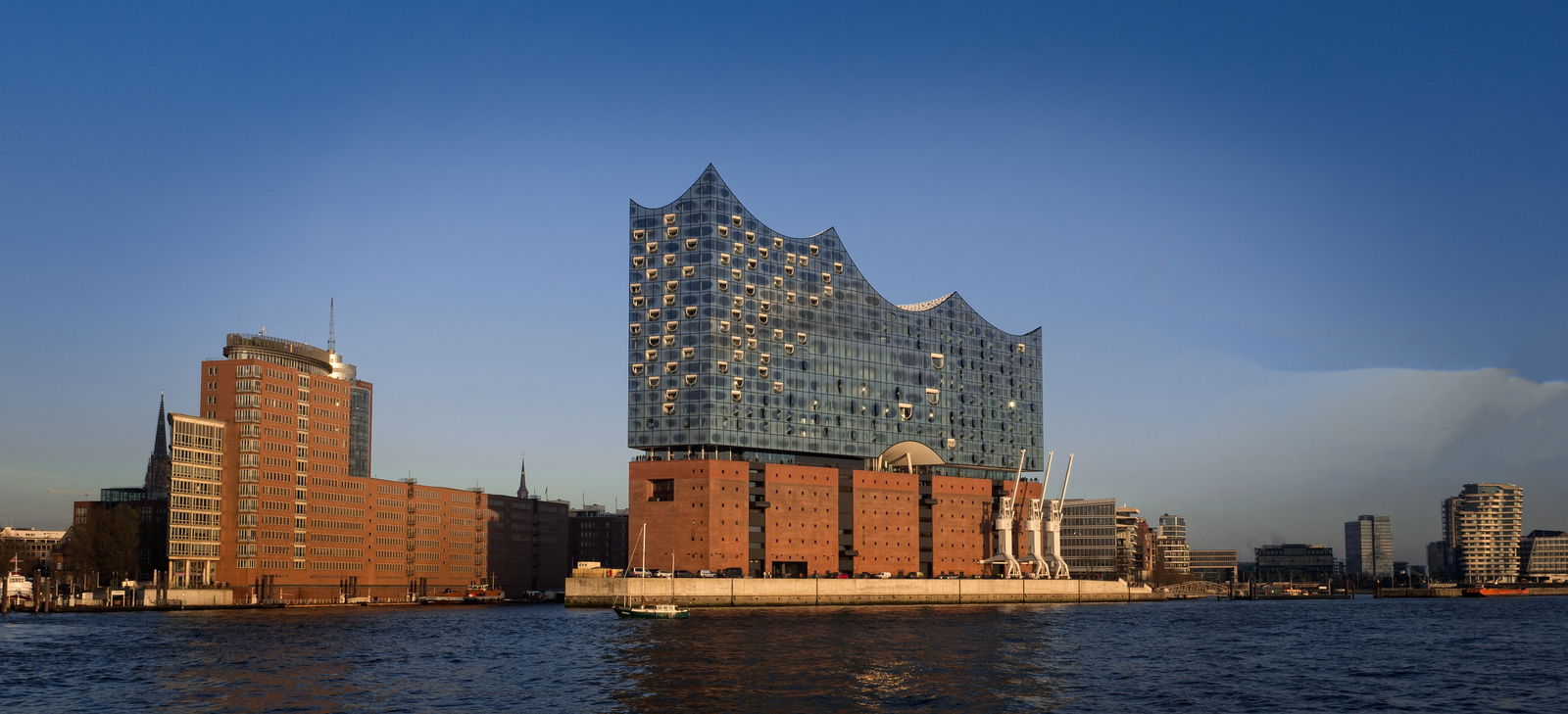Working in Stuttgart
Stuttgart - a city surrounded by hills, forests and vineyards

Companies in Stuttgart invest 25 million euros in research and development each day. © Roksana Bashyrova / iStock.com
This charming Swabian city isn’t just home to automotive excellence and refined rieslings. No other region in Germany invests more in research and development than Baden-Württemberg, of which Stuttgart is the state capital.
Updated: 2025-05-13
Stuttgart as a research base
Stuttgart is far more than just the home city of Mercedes-Benz and Porsche. Research in both the metropolis and the surrounding state of Baden-Württemberg focuses on numerous technical fields, including mechanical engineering, environmental technology and power-systems engineering, in addition to information and communications technology.
The city is home to seven public colleges and universities along with fully 24 private institutions of higher learning. The city also hosts myriad leading research and development facilities, such as the Centre for Solar Energy and Hydrogen Research (ZSW), the Institute of Microelectronics Stuttgart (IMS CHIPS), the Research Institute for Automotive Engineering and Powertrain Systems (FKFS) and many more.
The private sector in Stuttgart alone invests some 10 billion euros in research and development each year, upwards of 25 million euros each and every day – more than any other region in the country. As one of Europe’s leading centres of innovation, it comes as no surprise that – at 6.6 percent of regional GDP – Stuttgart’s R&D spending is more than three times higher than the EU average. Furthermore, the University of Stuttgart is home to two excellence clusters – Integrative Computational Design and Construction for Architecture and Data-Integrated Simulation Science – making the institution one of Germany’s leading sites for basic research.
History
Stuttgart was probably founded around 950 AD when Duke Liudolf of Swabia set up a stud farm, or 'Stuotgarten', there. Over the years this farm became a settlement and eventually the city of Stuttgart. As a royal residence, Stuttgart's growth primarily stemmed from craft enterprises and winegrowing.
Charles Eugene, Duke of Württemberg, wanted to make Stuttgart one of the most powerful empires in Europe and therefore put his entire fortune into building magnificent palaces. This bankrupted the duke but has benefited the city because these architectural gems can still be visited and admired today.
During the Second World War, Stuttgart was severely damaged. In modern Stuttgart, the Schillerplatz square, the Baroque 'New Castle' and the King's Building nevertheless bear witness to the city's past.
Living in Stuttgart
In 1519, the humanist Ulrich von Hutten wrote that Stuttgart was the name that Swabians gave to paradise on earth. And you still can understand why today: vineyards, parks and forests combined with a vibrant arts and cultural scene deliver a high quality of life.
In addition to the art museum, state gallery and the Linden ethnological museum, Stuttgart also has museums paying tribute to its biggest business – the automotive industry. The Mercedes-Benz and Porsche museums depict the history of the automobile.
From the district of Sonnenberg with its wonderful view of the Stuttgart basin or exclusive Degerloch to Rotenberg where the landscape is shaped by winegrowing, housing is unfortunately expensive throughout developed Stuttgart.
Typical aspects of Stuttgart
Here in the heart of Swabia, the accent is rather different and people like to party – hardly a month goes by without some sort of festival such as the Wine Village or Cannstatter Wasen.
Due to its location in a basin, there are more than 400 flights of stairs around the city (called 'Stäffele' in the local dialect). With 250 springs in the urban area, Stuttgart has the second-largest mineral water deposits in Europe.
Video | The city of Stuttgart
Advertisement








